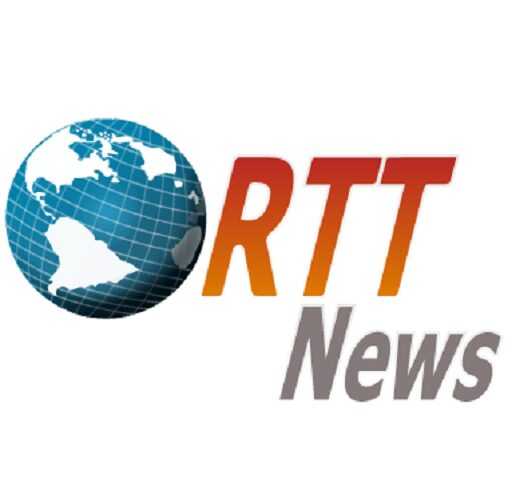Gold Futures Settle Modestly Lower As Stocks Rally On Soft Inflation Data
Gold futures settled lower on Thursday as soft U.S. inflation data helped ease concerns about policy tightening by the Federal Reserve and prompted investors to seek riskier assets such as equities.
However, a subdued dollar helped limit gold’s downside. The dollar index, which dropped to 104.65, recovered to around 105.10 later on in the session, limiting its loss to 0.1%.
The dollar stayed weak amid hopes that inflation in the United States may have peaked, which could allow the Fed to slow the pace of interest rate increases.
Gold futures for December ended lower by $6.50 or about 0.4% at $1,807.20 an ounce, after moving in a narrow range between $1,798.60 and $1,814.90 an ounce.
Silver futures for September ended down by $0.393 at $20.349 an ounce, while Copper futures for September settled at $3.7065 per pound, gaining $0.0570.
Traders continued to assess U.S. inflation data and the likely interest rate moves by the central bank.
Minneapolis Fed President Neel Kashkari on Wednesday said the Fed is “far, far away from declaring victory” on inflation and that the U.S. central bank will need to raise its policy rate another 1.5 percentage points this year and more in 2023, even if that causes a recession.
Chicago counterpart Charles Evans said the July CPI data was positive but inflation remains “unacceptably high”.
In economic releases today, data from the Labor Department showed the producer price index for final demand fell by 0.5% in July after surging by a revised 1% in June. The decrease marked the first drop in producer prices since April 2020.
Economists had expected producer prices to edge up by 0.2% compared to the 1.1% jump originally reported for the previous month.
The report also showed the annual rate of producer price growth slowed to 9.8% in July from 11.3% in June. Economists had expected the annual rate of growth to slow to 10.4%.
Meanwhile, the Labor Department said core producer prices, which exclude prices for food, energy and trade services, crept up by 0.2% in July after rising by 0.3% in June.
The annual rate of core producer price growth also slowed to 5.8% in July from 6.4% in the previous month.
Following yesterday’s tamer than expected consumer price inflation data, today’s report added to optimism that the Federal Reserve will slow the pace of its interest rate hikes next month.
Another data from the Labor Department showed first-time claims for U.S. unemployment benefits saw another modest increase in the week ended August 6th, rising to 262,000, an increase of 14,000 from the previous week’s revised level of 248,000. Economists had expected jobless claims to inch up to 263,000 from the 260,000 originally reported for the previous week.
Source: Read Full Article

